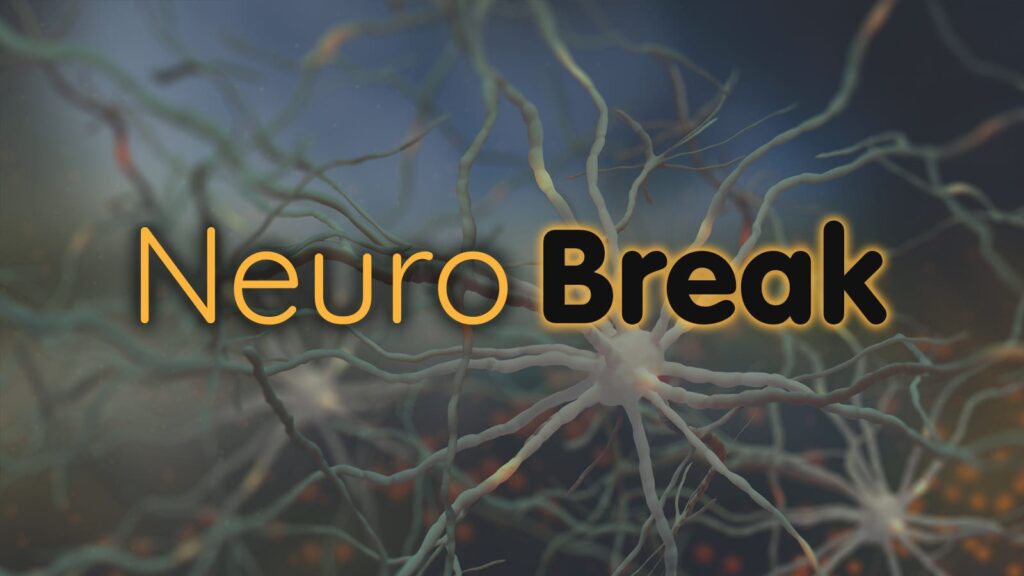Interest in vaccines to treat Alzheimer’s disease is back, according to interviews with 10 scientists and company executives. (Reuters)
Personalized extended interval dosing using natalizumab (Tysabri) trough levels appeared feasible in relapsing-remitting multiple sclerosis in the first phase of the NEXT-MS trial. (Journal of Neurology, Neurosurgery, and Psychiatry)
Ubrogepant (Ubrelvy) halted migraine attacks during the prodrome better than placebo in a phase III trial. (The Lancet)
Neurologists offered suggestions to streamline prior authorization and improve care. (JAMA Neurology)
A higher glycemic index and glycemic load diet were linked with slower amyotrophic lateral sclerosis (ALS) disease progression. (Annals of Neurology)
Food insecurity was linked with a higher estimated dementia risk, lower memory scores, and faster memory decline. (JAMA Network Open)
The rare APOE-R136S (Christchurch) variant protected against APOE4-driven Alzheimer’s pathologies in mouse and human neuron models. (Nature Neuroscience)
Intestinal inflammation was associated with age and Alzheimer’s disease pathology in a cohort study. (Scientific Reports)
Sex differences in immune response and metabolism were linked with Alzheimer’s disease. (Alzheimer’s & Dementia)
Nanoplastics influenced Parkinson’s disease-associated alpha-synuclein pathology in mice. (Science Advances)
A brain-penetrant USP30 inhibitor protected dopaminergic neurons in a Parkinson’s disease mouse model. (Nature Communications)
The New York Times offered a close look at the lives of young athletes who died with autopsy evidence of chronic traumatic encephalopathy (CTE).
-
Judy George covers neurology and neuroscience news for MedPage Today, writing about brain aging, Alzheimer’s, dementia, MS, rare diseases, epilepsy, autism, headache, stroke, Parkinson’s, ALS, concussion, CTE, sleep, pain, and more. Follow
Please enable JavaScript to view the

